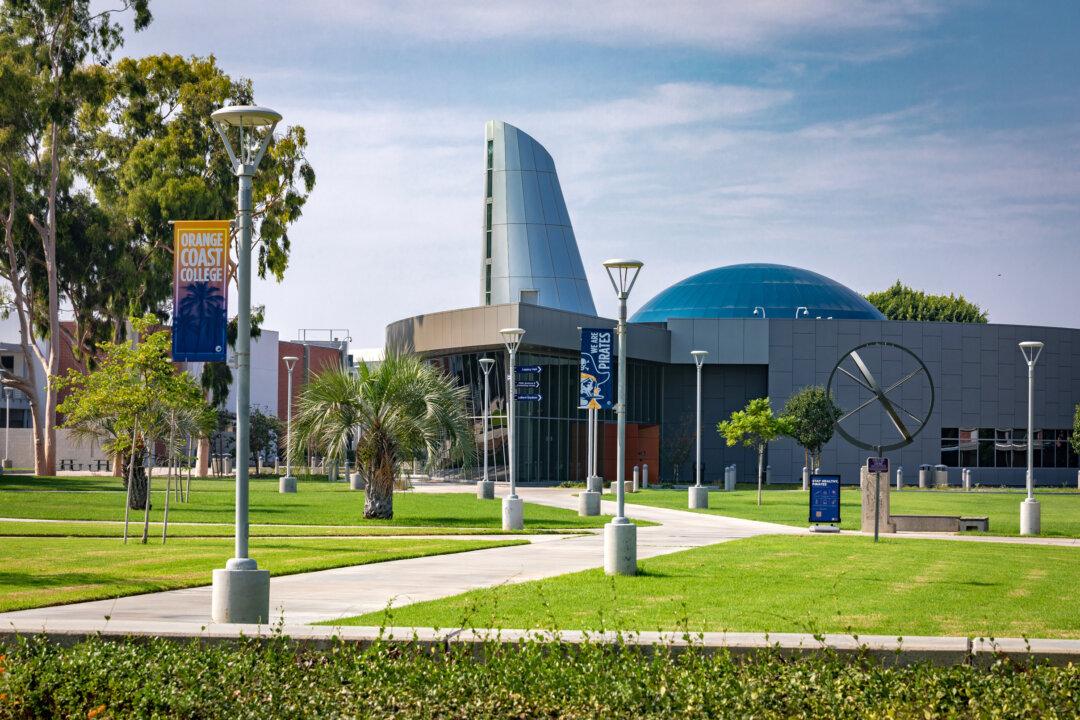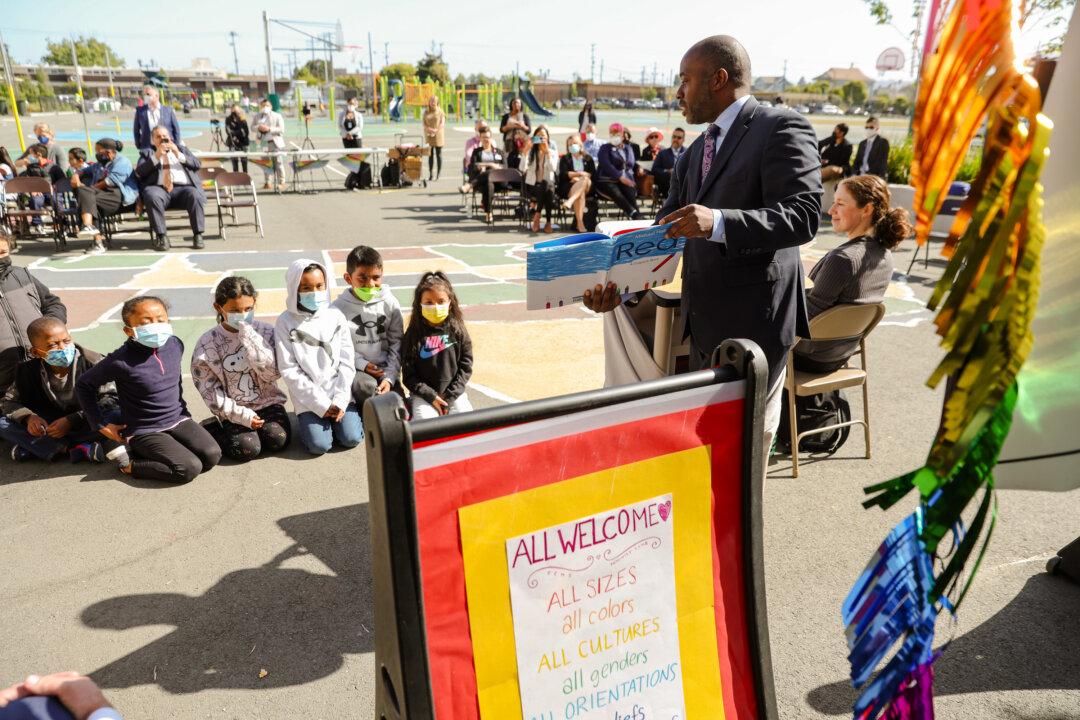A new report on the Los Angeles Unified School District’s (LAUSD) so-called acceleration days shows that while thousands of students attended the bonus days over winter break, the numbers were lower than initially reported by the district.
The district’s first of several such days, held on Dec. 19 and Dec. 20, are a part of LAUSD Superintendent Alberto Carvalho’s plan to help its 420,000 students recover from pandemic-induced learning loss.





